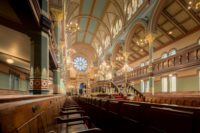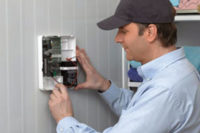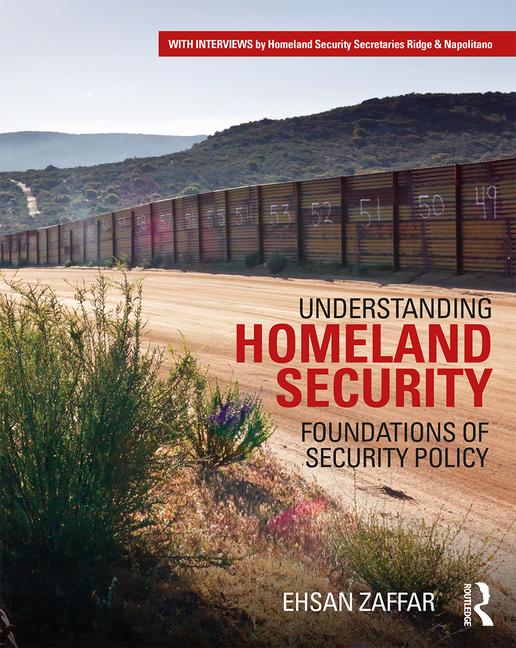On October 27, 2018, a shooter entered Tree of Life Synagogue in the Squirrel Hill neighborhood of Pittsburgh, Pennsylvania, and opened fire – killing 11 people and injuring seven more.
On November 5, 2017, a gunman entered the First Baptist Church in Sutherland Springs, Texas, and killed 26 people.
On June 17, 2015, nine people were killed during a prayer service at the Emanuel African Methodist Episcopal Church in downtown Charleston, South Carolina.
According to The Washington Post, there have been 157 mass shootings in the U.S. since the 1966 shooting at the University of Texas. In 2018 alone, mass shootings have resulted in 56 deaths. While places of worship have certainly been sites of active assailant incidents, they pose a unique conundrum to security advocates and congregations – how do you secure your place of worship while maintaining a welcoming atmosphere for congregants, visitors and those in need?
Patrick V. Fiel, Sr. is a national security expert and consultant with more than 35 years of experience in the field, formerly working as the National Public Safety Advisor for ADT Security Services and serving six years at the Executive Director of Security for the Washington D.C. Public School System. He regularly consults and advises schools, churches and places of worship on security matters.
“The unique part about securing churches is that churches want to keep that openness as much as they can, but in today’s society, there are too many bad guys out there who want to do bad things,” Fiel says. “We’re constantly pushing that message – times have changed, and we really have to address the issue by putting security in place.”
Fiel recommends a five-step plan to move security forward in houses of worship:
- Start with a security assessment of the church or place of worship and their properties. The assessment serves as the initial step in developing any sort of action plan.
- Form a safety and security committee with members of the congregation to review the assessment results and make decisions moving forward.
- Examine current emergency crisis plans and make changes to reflect what’s currently in place in the surrounding community.
- Implement security technology such as video surveillance, access controls, intercoms, notification systems and other devices.
- Establish a written agreement with the local Sheriff’s department or local law enforcement to have a full-time deputy sheriff or police officer in uniform with a vehicle assigned during service hours, or consider hiring off-duty law enforcement officers as security personnel.
By step three, church officials should be able to list their top priorities for security installations. It’s unfeasible from a budgetary standpoint to put every security measure in place at once, but by establishing and approving a roadmap for future purchases and improvements, church leaders can get the ball rolling.
Working with a consultant or local law enforcement partner can also help familiarize church officials with the technology and tools currently available, Fiel says.
“Churches don’t have a lot of manpower available; when you add cameras and technology, you can add the eyes and ears that you need,” he says.
Communicating with local law enforcement partners and even neighboring businesses and community centers can help churches and houses of worship establish what’s typical for their area, what resources are frequently used, and what can be shared.
Fiel also recommends studying incidents from around the country, even ones that aren’t the same type of facility as yours. For example, the school shooting at Sandy Hook involved an assailant shooting out glass at the door to gain entry. This spurs Fiel to recommend attack-resistant glass at entry points. He also recommends access management and locks on exterior doors, especially during services when the facility is most full, leaving only one door unlocked (preferably monitored) for latecomers to enter through.
“A lot of doors are open during service hours – this gives an opportunity for anyone to go through any of the doors,” Fiel says. “We automatically try to reduce that traffic during service hours, one way in. You can always exit through any door for fire code regulations, but we want to narrow the possibilities for entry.”
“We should be learning from past history, but it seems like it’s only effective when something’s in the news,” he adds. “But incidents are happening all the time, and not always picked up by the national media. Every church and every place of worship needs the review, needs to discuss security with experts and put some proactive protections in place.”






